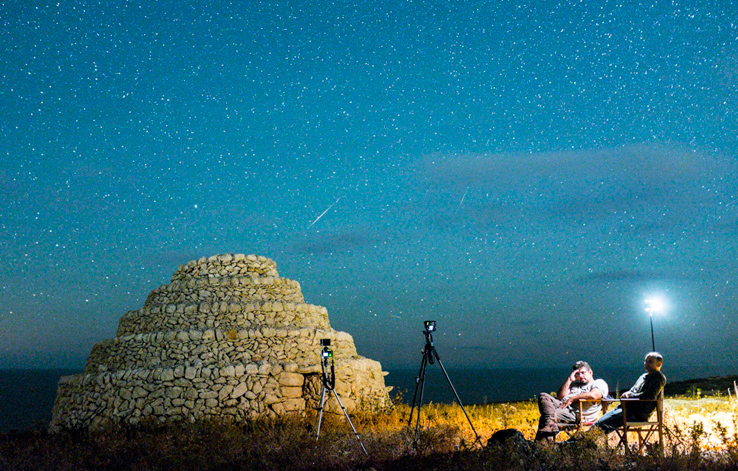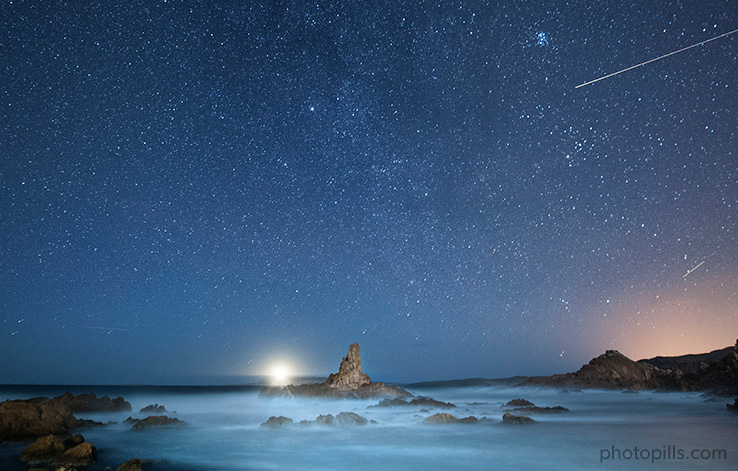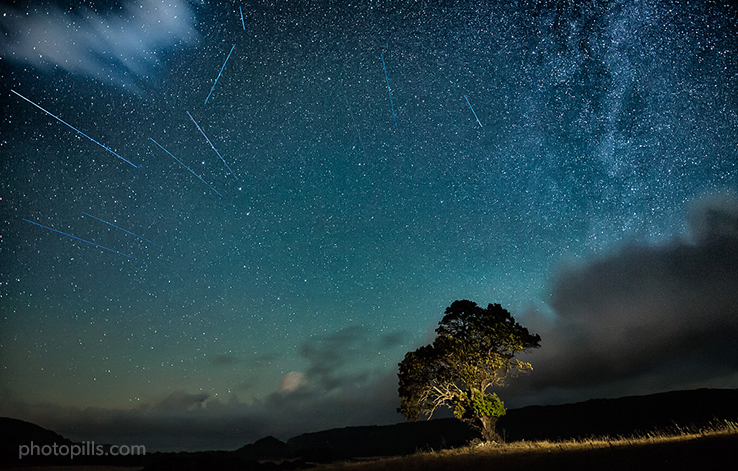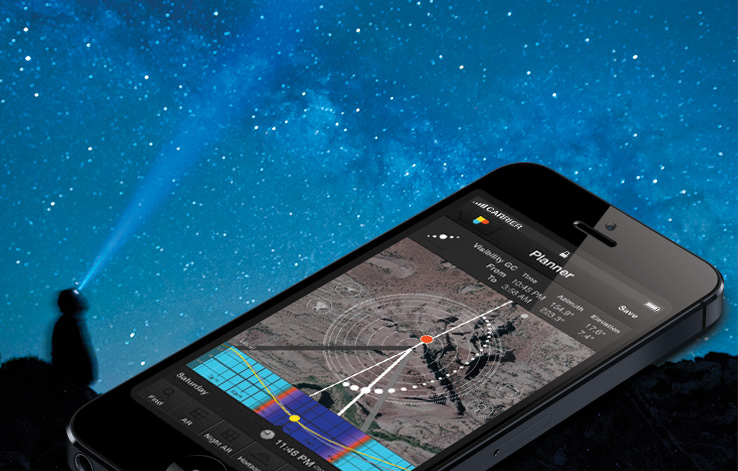Comet 209P/Linear is here: get ready for an unique meteor shower!

It was in 2004 when the comet 209P/Linear was discovered and, now, dust streams ejected by the comet in the nineteenth century are about to cross the orbit of Earth.
This weekend, we’ll be able to enjoy an amazing meteor shower: the Camelopardalids. During the night of May 23rd to 24th, 2014, Earth is predicted to pass through streams of particles of comet 209P/Linear provoking a storm of meteors of unknown dimensions.
Where and what time
The best locations for maximum activity are situated in the northern hemisphere, especially in the U.S. and Canada. The peak of maximum intensity will occur on May 24th 2014 at 2am CDT (3:00 a.m. EDT, 1:00 a.m. MDT and Midnight PDT).
Where to Look
The shower's radiant (the point of origin from where the meteors appear to converge) is very near the North Star, Polaris, in the constellation of the Giraffe (the Camelopardalis), between the Ursa Major and Cassiopeia. So, use PhotoPills’ Night Augmented Reality tool to locate the North Star in the sky and shoot just right on this area.

How to shoot the meteor shower
Just some recommendations to shoot the meteor shower:
- Go into an area with little light pollution.
- Us a fast wide-angle lens (at least f/2.8).
- Focus at the hyperfocal distance. You can calculate it by using our on-line Depth of Field calculator.
- Set the ISO to the maximum level that your camera allows without getting excessive noise (ISO more than 1250).
- Use PhotoPills' Spot Stars calculator to calculate the maximum exposure time to get stars as bright spots. Usually, you’ll get a value between 20 and 35 seconds, depending on the camera and lens used.
- Use a shooting interval between 2" and 5" seconds to try to capture the maximum amount of meteors.
- On the 23rd morning, the moon will have a phase of 23%. You should take moonphase into account when calculating the exposure. In addition, meteors may lose some intensity because of moonlight
If you are lucky enough to capture many meteors, you can use the technique described in this video by David Kingham for image post-processing and get a stunning effect.
Happy Shooting!
Cover photo by: Joan Mercadal García.


